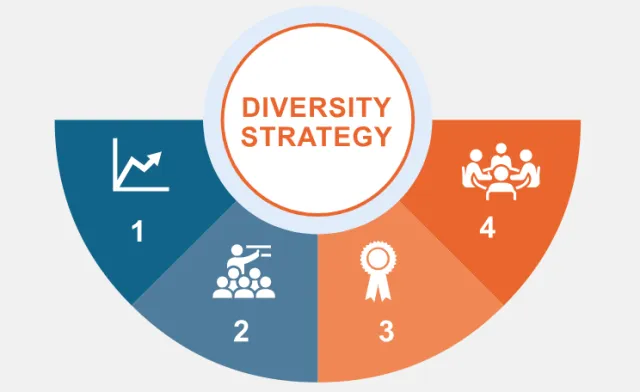- Analysis of data, to understand the current situation, indicate opportunities for action and enable you to measure change. Consistent collection and analysis in the context of your organisation and against relevant external benchmarks should be a central element of your strategy, underpinning all other aspects.
- Attention to culture, with leadership and communication from the most senior levels, to ensure a compelling, shared vision across the organisation. A narrative about why socio-economic diversity is important to your business, the steps being taken to increase it and the goals you aim to achieve should be widely communicated, with clear and visible commitment at senior levels.
- The employee journey, to support all key stages from outreach activities to hiring, to progression and reward. Activities which maximise engagement with a wide range of prospective applicants, hiring practices which emphasise competence rather than qualifications, and support to provide all staff with opportunities to develop and progress; these should be in place to ensure those from lower socio-economic backgrounds are able to get in and get on in your business.
- Advocacy and collaboration, to share practice, support peers and drive sector-wide change. Playing a visible role in guiding and inspiring action to improve opportunities for people from lower socioeconomic backgrounds in your industry will enhance the image and performance of your sector and benefit all businesses.

The figure below highlights the key aspects of a diversity strategy that you can follow, drawing on best practice from the most successful employers.
A successful strategy combines several linked elements:
